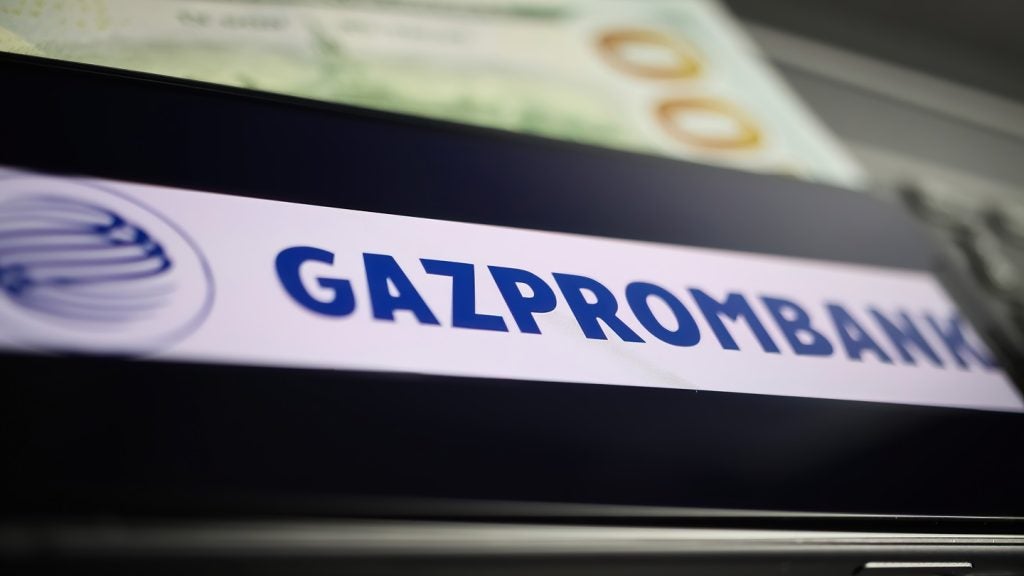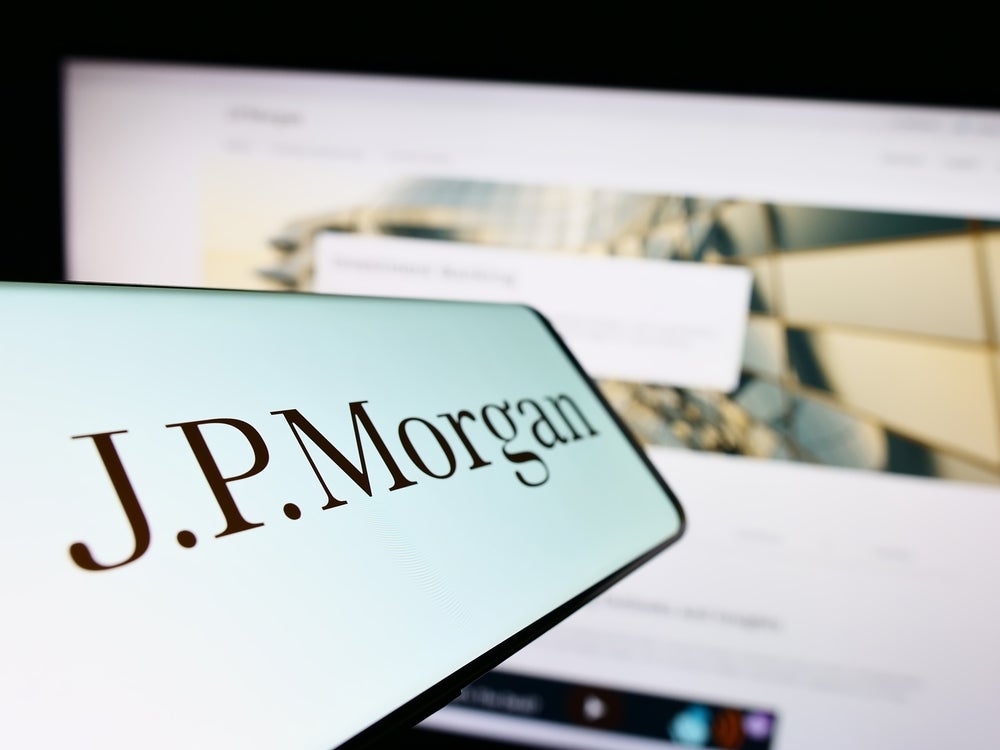Charles Davis
examines a small but growing trend in the US retail banking market
for PTMs, or personal teller machines. PTMs let a bank’s customer
using an ATM link with a call centre operator via live video feed
and can, according to some of the banks using them, help facilitate
customer service and improve sales
In the lobby of a southeast Michigan credit union sits what many
think is the retail banking service interface of the future.
The machine – which looks like an ATM
with a high-definition television screen – sits in the Community
Choice Credit Union’s Michigan headquarters, and a swipe of an ATM
card or the presenting of a driver’s licence brings it to life.
The ATM is different because, once awakened,
it uses live video to connect the customer with a call centre
operator. The teller walks users through typical banking
transactions, answers questions and can route requests to other
bank personnel.
The goal, bankers say, is to get more
customers moving through branches faster – but without making
people feel as if they are missing out on any personal service.
It’s remote banking with personal service,
known to a handful of US institutions pioneering the technology as
a personal teller machine, or PTM.
How well do you really know your competitors?
Access the most comprehensive Company Profiles on the market, powered by GlobalData. Save hours of research. Gain competitive edge.

Thank you!
Your download email will arrive shortly
Not ready to buy yet? Download a free sample
We are confident about the unique quality of our Company Profiles. However, we want you to make the most beneficial decision for your business, so we offer a free sample that you can download by submitting the below form
By GlobalDataIt offers one-on-one remote service, workflow
efficiency that can help fend off noon rush hour on paydays, and a
safe, easy way for banks to extend service hours across the retail
network with a single centralised teller.
Community Choice is so happy with its PTMs –
five across the branch network – that the credit union is
contemplating another in a drive-up configuration.
“We were interested in them because you can
still offer a face-to-face conversation with an adviser while
better anticipating the spikes and valleys of the day,” said Phil
Cooper, COO of Community Choice Credit Union.
“It is tough to move staff around, but PTMs
have let us centralise staff and bring some real efficiencies to
the scheduling model.”
PTMs are changing the way the institutions
handles customer service, Cooper said. Instead of immediately
joining a teller line, customers are greeted by an individual team
member when they come in the door, and are asked what services they
need.
They then have several options to proceed,
including completing the transaction in a private office, a
one-on-one interaction with a teller in a pod rather than a
traditional window, and a PTM.
Cooper said that thanks to the PTMs, Community
Choice’s business plan now looks much more broadly at after-hours,
where a card swipe allows a customer to enter the lobby of a
branch, and a single teller working the night shift remotely can
facilitate after-hours banking.
“The PTMs are quickly becoming much more of a
sales tool, and they are changing the way we bank,” Cooper said.
“Adoption has been solid, and we see people who normally don’t
embrace tech embrace the PTM. We see older members who have not
used an ATM before, and they will use the PTM because they can talk
to someone throughout the transaction.”
Gene Pranger, CEO, president and founder of
uGenius, which makes the PTMs, said that five US financial
companies are using the machines.
The Utah-based company expects to have 70
units in operation across the US by year-end, with the largest
number at Coastal Federal Credit Union in North Carolina, which has
installed more than 30 of the machines at nine of its 14
branches.
‘Personal service delivery
model’
“Our approach has really been to come at the
market from a personal service delivery model,” Pranger said. “It
physically looks like an ATM – but it is not. It is a personal
teller, and it can do a lot of things that an ATM can’t.”
The key selling point, Pranger added, is
efficiency combined with personal service that can actually
increase customer satisfaction while driving down human resources
costs. The savings depend on the size of deployment, but he said
that Coastal Federal, for example, plans to go from 110 tellers to
49 over time – more than a 50 percent reduction in labour
costs.
“And that says nothing about the reduction in
overhead,” Pranger said. “The size of an average retail branch is
3,500-4,500 square feet – and the PTM can get your new branch to
2,500-3,000 square feet or less.”
The machines have a high-speed video and audio
link to a call centre staffed with 14 tellers at the credit union’s
headquarters. No tellers work in the four coastal branches where
the personal teller machines are installed.
The PTMs can easily handle 90 percent of
typical teller transactions, Pranger said, including dispensing
cash and accepting cheque deposits. The PTMs can also scan and
verify documents and read signatures, cash cheques and dispense
exact change, including coins.
Another uGenius customer, Mid-Hudson Valley
Federal Credit Union in New York, has used PTMs to offer 24-hour
banking seven days a week with its two branches.
Keeping two tellers on staff overnight to
offer this service is a competitive differentiator in a crowded
local market, said Bill Spearman, the president and CEO of
Mid-Hudson Valley Federal Credit Union.
Spearman said the credit union plans to have
five of its nine branches hooked up with 24-hour PTMs by the end of
the year. One of its branches, in Rhinebeck, New York, has no live
tellers, only PTMs.
“We will have 11 PTMs across the network by
the end of the year and nine more next year,” Spearman said. “We
feel like we have something that works very well with our
membership.”
Pranger said that PTMs offer banks and credit
unions a way to change their approach to branch distribution
entirely by increasing hours of operation and customer service,
reducing teller cost, and building more and smaller branches to
increase market presence while holding down real estate costs.
Given these machines cost about 20 percent
more than a standard ATM ($60,000 vs $50,000), plus licensing and
servicing, institutions must vet proposed locations carefully, but
when compared to the cost of even a mini-branch, the PTM is an
inexpensive way to provide branch banking in non-traditional
locations such as shopping malls, large workplaces and college
campuses.
Mid-Hudson Valley cites a recent survey
conducted in June by the research firm Bancography, noting that
convenience is the single strongest criterion people cite when
selecting a financial institution.
But when it comes to forming long-term
relationships, the helpfulness, friendliness and expertise of
tellers comes into play; people want to be remembered, they want
their transactions and inquiries to be handled quickly and
smoothly; and they want their problems to be solved
expeditiously.







